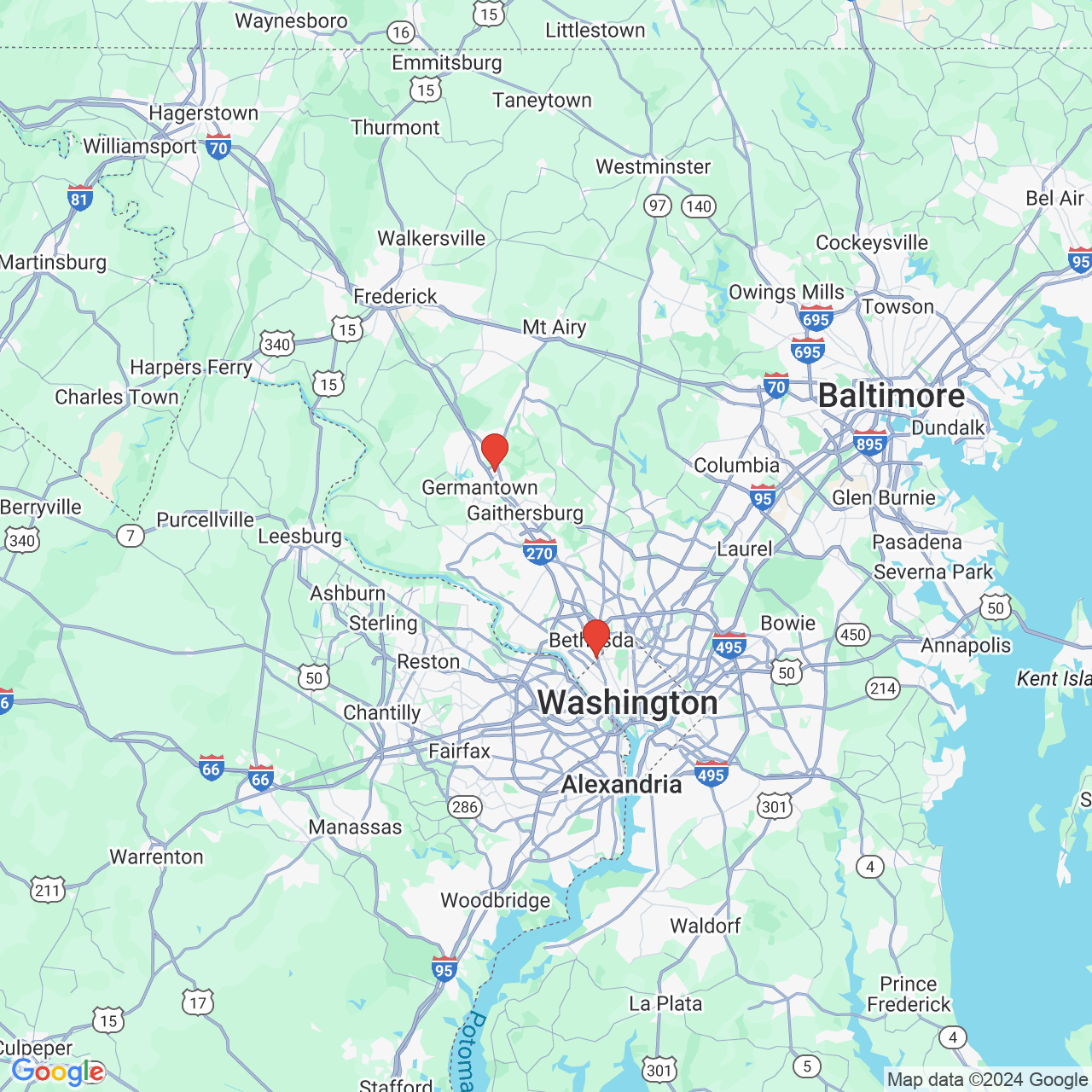Breast Lift Surgery in Chevy Chase, Maryland
With age, skin loses its elasticity. In women, this plays a role in loss of the youthful appearance of breasts. Many factors such as pregnancy, breast feeding, weight gain and loss also play a role. Sagging breasts (ptosis) may be corrected by breast lift (mastopexy). Mastopexy may be combined with breast augmentation to improve the size or lost volume or may also be combined with breast reduction when the problem is excess volume or size. At the same time, nipple areolar complex can be reduced for a more youthful appearance. In cases of asymmetrical breasts, mastopexy can be performed to correct such problem. In sum, Mastopexy is performed to achieve higher breasts (lifted) with tighter breast envelope as well as improved breast symmetry, shape.
Types of Mastopexy
There are generally four types of breast lifts. Depending on the degree of ptosis which are graded as one to four, different surgical techniques are utilized.
- Areolar Lift / Crescent Lift
- Peri-areolar Lift / Doughnut Lift
- Vertical Lift
- Inverted-T Lift
Who is a Candidate?
Women who have sagging breasts who desire improved shape are the typical candidates. Patients who are in good health must be cleared to be without underlying breast disease. The specific risks and suitability of this procedure for a given individual can be determined only at the time of consultation with your cosmetic surgeon. It is important to understand the extent of the scar needed to achieve the appropriate lift.
Procedure Description
Mastopexy operations are usually performed in an outpatient surgical center under general anesthesia in combination with local anesthesia. The areolar lift, also known as the Crescent lift, is a small a partial lift designed for minimally sagging (ptotic) breast. The incision is very small, generally encompassing the upper third of the areolar complex. The Peri-areolar lift, also known as doughnut lift, involves an incision around the entire areolar complex. The vertical lift, involves an incision around the entire areolar complex as well as an incision along the midline of the breast below the areolar complex. The inverted-T is the more comprehensive lift designed for the more severe ptotic breasts. In addition to the vertical incision, an incision along the inferior/ lower border of the breast is made. In some cases a small drain may be placed especially if the procedure is combined with a reduction. No matter which procedure is used, the main objective is to bring the nipple, areola, and the breast tissue to a more upright position.
Recovery-Recuperation and Healing
Mastopexy is generally associated with minimal discomfort as well as fast and easy recovery. Postoperative discomfort is controlled with oral medications. A soft bra is worn for at least several days (7-14) postoperatively. Post operative swelling/edema usually lasts 4 to 6 weeks. The patient may be seen the next day and again in 1 to 2 weeks for suture removal. Mild activity may be started within one week after surgery, and full activity may resume in 4 to 6 weeks. Major complications are extremely rare.

